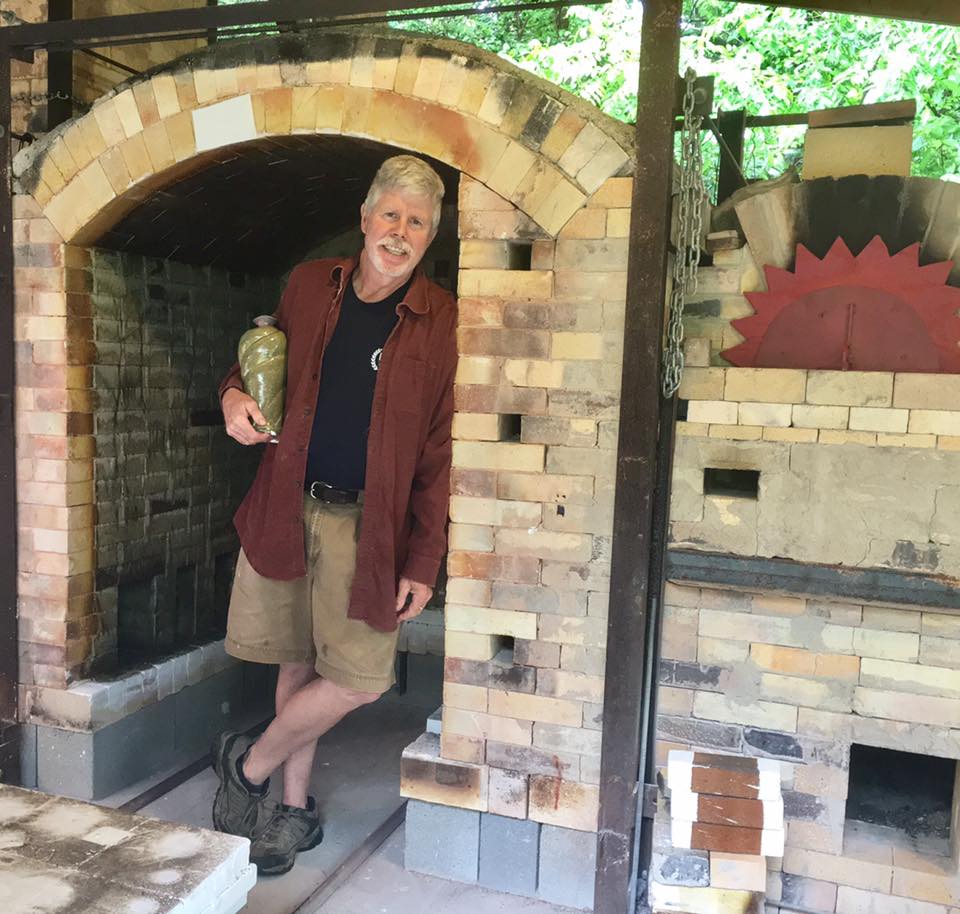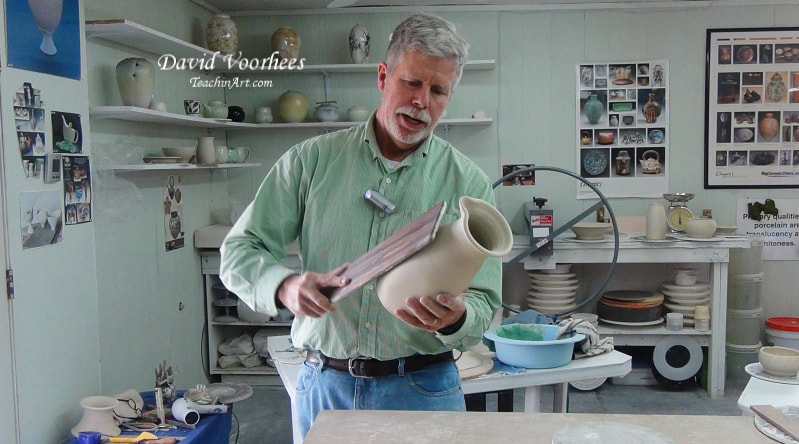Tags:
#woodfiring #naturalfiring #teachingpottery #learnpottery #nortcarolinapotters
1 Comment
5/23/2022 11:00:18 am
I have my ancestral wood kilns and don't want a new one for pottery. Thanks for sharing your knowledge on wood firing kilns!
Reply
Your comment will be posted after it is approved.
Leave a Reply. |
AuthorTeachinArt is an online art school with professional artists as instructors who educate, enridge and promote art. Categories
All
|




 RSS Feed
RSS Feed